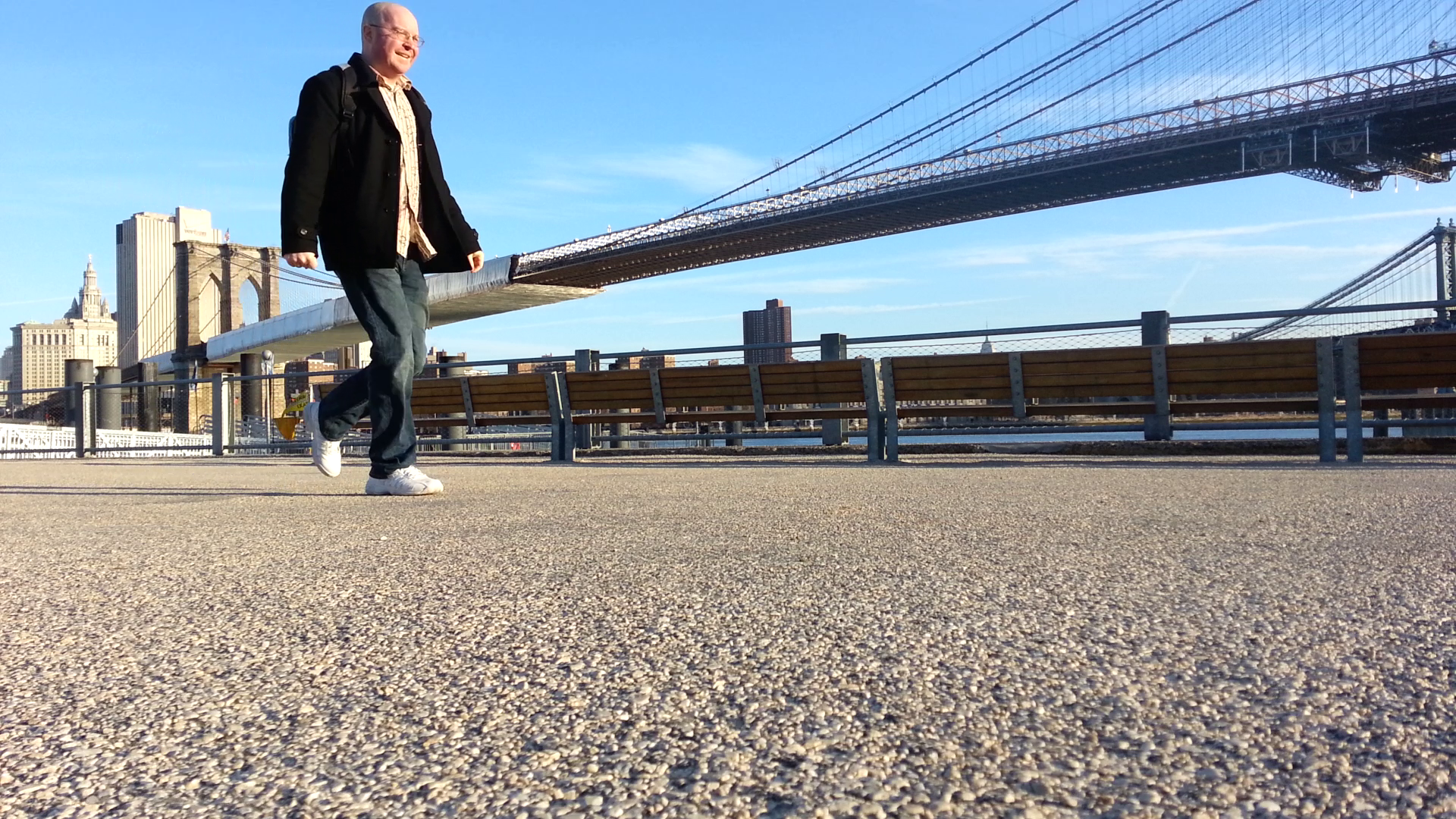“Once a journey is designed, equipped, and put in process; a new factor enters and takes over. A trip, a safari, an exploration is an entity, different from all other journeys. It has personality, temperament, individuality, uniqueness. A journey is a person in itself; no two are alike.” – John Steinbeck, Travels with Charley
Today I launched edwalks.com, as well as an Indiegogo campaign for an unprecedented oral history project that will unfold in real time.
On May 15, 2013, I aim to walk 3,000 miles across America over the course of approximately six months, starting in Brooklyn and ending in San Francisco. I plan to talk with many people along the way, asking them about their lives and writing dispatches as I make my way from town to town.
When Sir George Mallory was asked why he wished to climb Everest, he replied, “Because it’s there.” When pressed on why he was walking across America four decades ago, the pioneering travel writer Peter Jenkins answered, “To get to know the country.”
The horizontal journey, with its vast stretch and uncountable hours, doesn’t always share the heroic gravitas of its vertical cousin. But while the trip upward is fueled by the thrill of being first to plant a pole in a peak, the long hike across a wide expanse demands a deeper purpose. It beckons us to learn from the land.
A 3,000 Mile Conversational Journey by Foot
I’ll be walking fifteen to twenty miles a day and pitching my tent where I can, going out of my way to visit many overlooked towns. And after I finish this cross-country journey, I will edit these conversations into a far-reaching multipart radio narrative spanning twelve states.
As I make my way west, these adventures will also be chronicled in real time at edwalks.com. Imagine a Studs Terkel for the digital age or Charles Kuralt traveling around America on foot. I don’t claim to be their equal, but these are some of the inspirations who will guide me into finding distinct insights into the everyday experiences we take for granted.
How Will Your Donation Help?
As a regular walker who has completed two Great Saunters, I believe that I can make it to the end. But a six month project like this requires financial resources, which will be devoted to food, lodging, technological services, and equipment that will keep me transmitting communications from the road. Because paying journalism outlets no longer support original and ambitious projects of this nature, I am turning to Indiegogo to see if we can make history and come to know our country better. You can help out here.
Your gracious donations will create an oral history project unfolding in real time. Your invaluable generosity, no matter what the contribution amount, will forge an unprecedented chronicle of American life in 2013. Think of this as a microbudget Federal Writers Project for the 21st century.
The perks have been designed so that many of the rewards are allocated before the walk.
If you can’t donate, then please spread the word so that others can.
What’s the Route?
The route will take me through New York, New Jersey, Pennsylvania, Ohio, Indiana, Illinois, Iowa, Nebraska, Wyoming, Utah, Nevada, and California.
Some of the cities I plan to walk through include Pittsburgh, Columbus, Fort Wayne, Gary, Chicago, Des Moines, Omaha, Lincoln, Rock Springs, Carson City, and Sacramento.
However, there are a few Indiegogo perks which could change the route.
So Once the Project is Funded, You Start Walking?
Yes. The walk is scheduled to begin on May 15, 2013. Once the project is fully funded, you will be able to read the dispatches at edwalks.com for free. And when the radio narrative of these conversations is finished, you will also be able to listen to these shows for free.
Thank you for any help you can provide.
